Home>Ideas and Tips>Home Darkroom Design Tips: Photography Spaces at Home
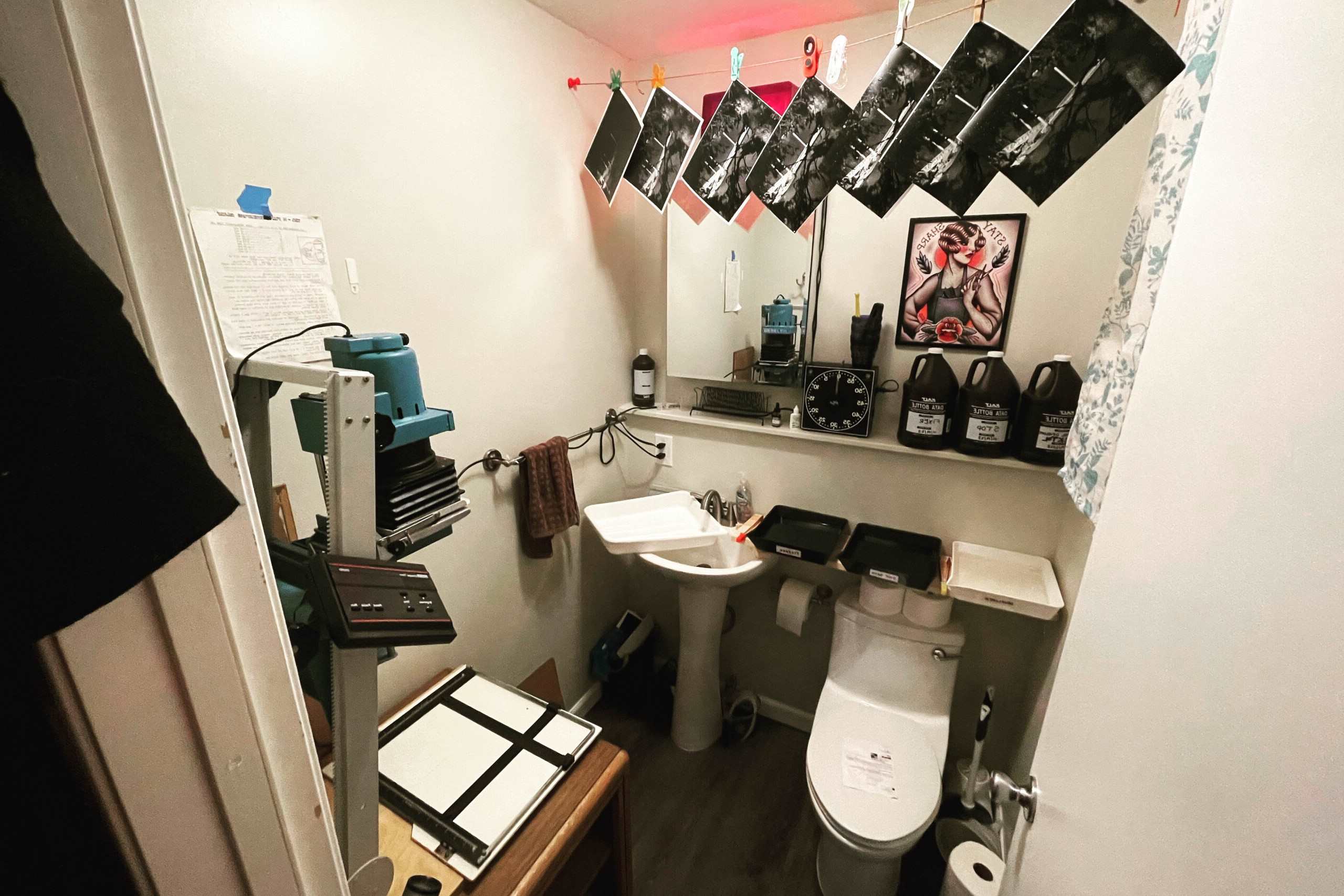

Ideas and Tips
Home Darkroom Design Tips: Photography Spaces at Home
Published: September 22, 2024
Create the perfect home darkroom with our design tips. Learn about location, lighting, ventilation, and essential equipment for an efficient photography space.
(Many of the links in this article redirect to a specific reviewed product. Your purchase of these products through affiliate links helps to generate commission for Storables.com, at no extra cost. Learn more)
Creating a home darkroom is an exciting project for any photography enthusiast. Whether you're a professional photographer or an amateur, having a dedicated space for developing and printing your photos can elevate your craft and make the process more enjoyable. In this article, we'll delve into the essential design tips and considerations for setting up an efficient and functional home darkroom.
Choosing the Right Location
The first step in designing your home darkroom is selecting the perfect location. Here are some key factors to consider:
- Natural Light: Avoid placing your darkroom near windows or any area where natural light can seep in. Natural light can contaminate your chemicals and affect the quality of your prints.
- Ventilation: Ensure good ventilation in the area to prevent the buildup of chemicals and fumes. A well-ventilated space is crucial for safety and comfort.
- Accessibility: Choose a location that is easily accessible, especially if you plan to use the darkroom frequently. A convenient location will save you time and effort.
- Noise Level: If you live in an apartment or shared living space, consider the noise level of your darkroom activities. Some processes can be quite loud, so it's important to choose a location where noise won't be an issue.
Read more: How To Incorporate Photography In Home Decor
Designing the Space
Once you've chosen the perfect location, it's time to design your home darkroom. Here are some tips to keep in mind:
- Layout: Plan out the layout of your darkroom carefully. Consider the workflow of your processes and how you'll move around the space. A well-organized layout will make it easier to work efficiently.
- Storage: Adequate storage is essential for any home darkroom. You'll need space for chemicals, equipment, paper, and other supplies. Look for shelving units or cabinets that are specifically designed for darkrooms.
- Workstations: Set up dedicated workstations for different tasks such as loading film onto reels, developing prints, and drying prints. Each workstation should have its own set of tools and supplies.
- Safety Features: Incorporate safety features like splash guards around sinks and chemical-resistant flooring to protect against spills and splashes.
Lighting
Lighting is crucial in a darkroom as it affects both safety and functionality. Here are some guidelines for lighting:
- Red Light: Use red light bulbs or LED strips to illuminate your darkroom without exposing your chemicals to white light. Red light won't affect the development process but will allow you to see what you're doing.
- Task Lighting: In addition to red lighting, consider task lighting for specific areas like workstations where you need more focused light.
- Emergency Lighting: Install emergency lighting such as flashlights or battery-operated lanterns in case of power outages.
Ventilation Systems
Proper ventilation is vital in a home darkroom to prevent the buildup of toxic fumes from chemicals like developer, stop bath, fixer, etc. Here are some options:
- Exhaust Fans: Install exhaust fans specifically designed for darkrooms that can handle the fumes from various chemicals.
- Air Purifiers: Use air purifiers with HEPA filters to remove any remaining particles from the air after ventilation.
- Windows: If possible, open windows slightly during ventilation cycles to ensure fresh air circulation.
Safety Equipment
Safety should always be your top priority when setting up a home darkroom. Here are some essential safety equipment you should consider:
- Splash Guards: Install splash guards around sinks or workstations where chemicals might spill or splash.
- Chemical Resistant Flooring: Use flooring materials like epoxy-coated concrete or rubber mats that are resistant to chemical spills.
- Gloves & Goggles: Always wear gloves and goggles when handling chemicals to protect your skin and eyes from potential hazards.
- First Aid Kit: Keep a first aid kit nearby in case of accidents involving skin contact with chemicals.
Read more: How To Shoot Greenery In DSLR Photography
Equipment & Supplies
Having the right equipment and supplies is crucial for efficient workflow in your home darkroom:
- Darkroom Safelight: Invest in a high-quality safelight that provides consistent red illumination without flickering or dimming.
- Film Developing Tanks: Use film developing tanks made from materials like stainless steel or plastic that are easy to clean and resistant to chemicals.
- Print Drying Racks: Invest in print drying racks that allow for even drying of prints without causing curling or warping.
- Chemical Storage Containers: Use labeled containers specifically designed for storing photographic chemicals like developer, stop bath, fixer etc., ensuring they are tightly sealed when not in use.
Organizing Supplies
Organizing your supplies effectively will save time during each session:
- Labeling Supplies: Label each container clearly so you know exactly what's inside without having to open them every time.
- Supply Carts: Use supply carts or trolleys that can be easily moved around different workstations within the darkroom.
- Shelving Units: Install shelving units at convenient heights where frequently used items like gloves, goggles etc., can be easily accessed without having to bend down or stretch up high.
Ergonomics & Comfort
Ergonomics play a significant role in maintaining comfort while working long hours within confined spaces like home darkrooms:
- Ergonomic Workstations: Design ergonomic workstations with adjustable height tables/chairs ensuring proper posture while working on tasks such as loading/unloading films/prints etc.,
- Comfortable Seating: Provide comfortable seating options near sinks/workstations allowing photographers ample time without fatigue affecting their work quality negatively over prolonged periods spent inside these environments!
Budgeting & Cost Considerations
Setting up an ideal home-based photography studio requires careful budgeting considering various costs associated with initial setup/maintenance over time:
-
Initial Investment Costs
- Purchase necessary equipment/supplies initially investing heavily upfront might seem daunting initially but long-term benefits outweigh short-term expenses significantly!
-
Ongoing Expenses
- Regularly replace expired/used-up chemicals maintaining optimal performance levels throughout usage cycles ensuring consistent results every single time!
-
Energy Consumption Costs
- Consider energy-efficient lighting options reducing overall electricity bills significantly contributing positively towards environmental sustainability goals too!
-
Insurance Coverage
- Ensure adequate insurance coverage protecting valuable equipment/supplies against unforeseen accidents/damage claims minimizing financial losses incurred subsequently thereafter!
-
Maintenance Schedule
- Regularly schedule maintenance checks ensuring all equipment/supplies remain functional optimally preventing breakdowns/inefficiencies affecting productivity negatively impacting overall performance metrics adversely impacting business operations severely ultimately leading towards potential losses incurred due lack proper planning/preparation beforehand!
Conclusion
Creating an efficient functional home-based photography studio involves careful consideration numerous factors discussed above ensuring optimal performance levels achieved consistently throughout usage cycles minimizing potential risks associated therewith significantly contributing positively towards enhancing overall experience enjoyed immensely by photographers alike worldwide today!
By following these tips guidelines outlined above meticulously planning designing implementing setup process diligently ensuring compliance safety regulations standards set forth industry experts alike worldwide today ensuring longevity sustainability long-term success achieved ultimately fulfilling dreams aspirations envisioned initially setting forth journey embarked upon enthusiastically wholeheartedly dedicating oneself passionately towards pursuit excellence mastery craft art form itself
Was this page helpful?
At Storables.com, we guarantee accurate and reliable information. Our content, validated by Expert Board Contributors, is crafted following stringent Editorial Policies. We're committed to providing you with well-researched, expert-backed insights for all your informational needs.
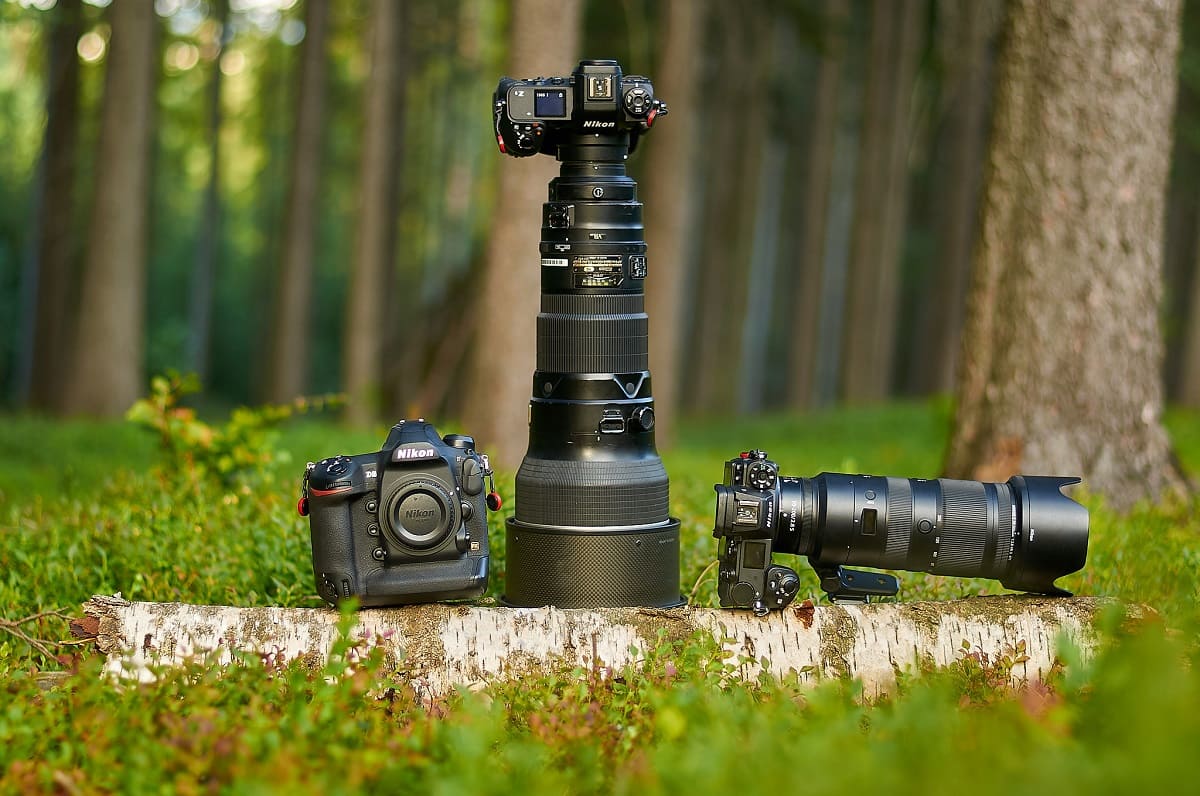

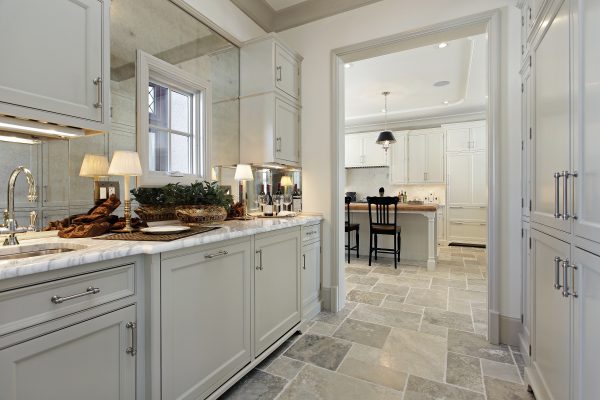
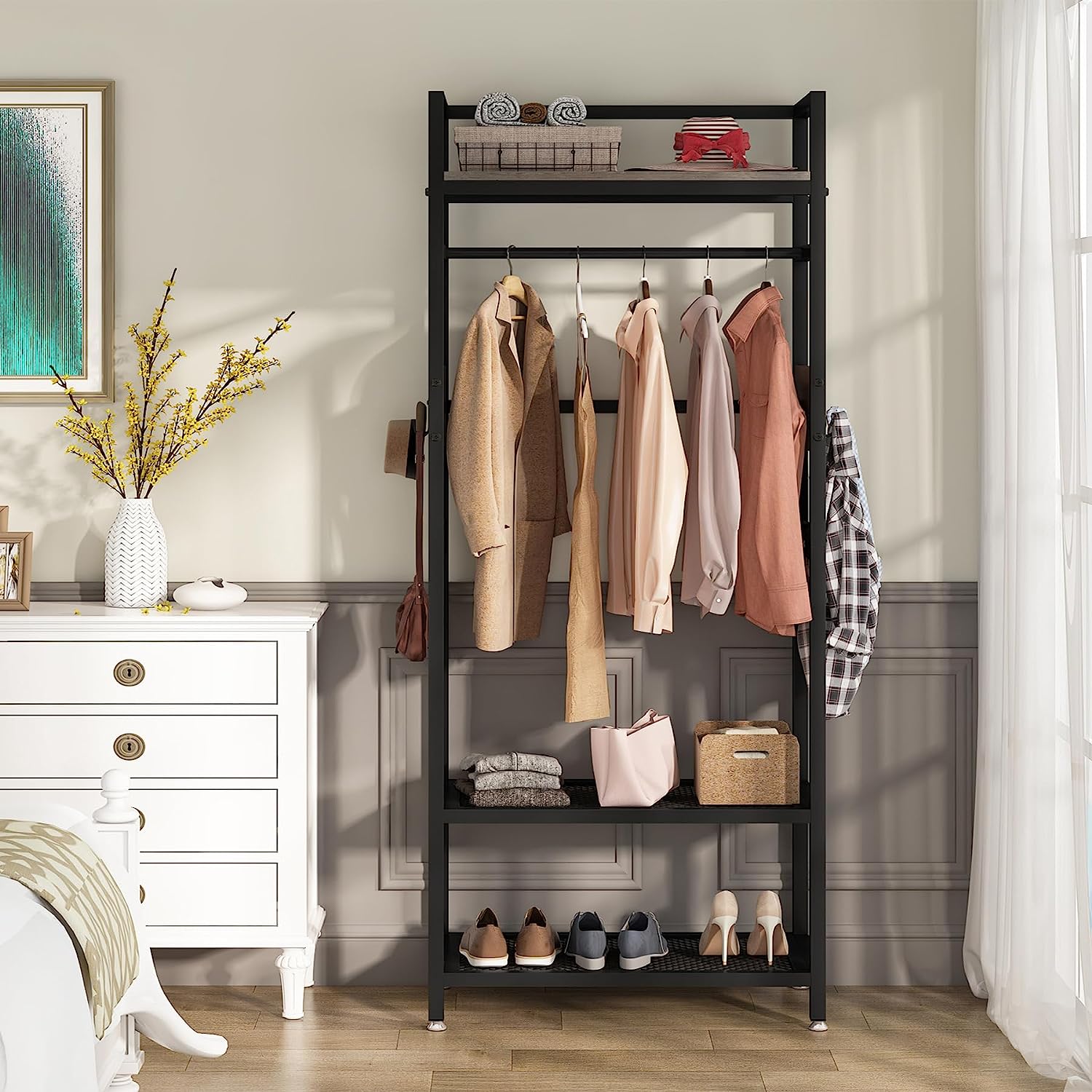

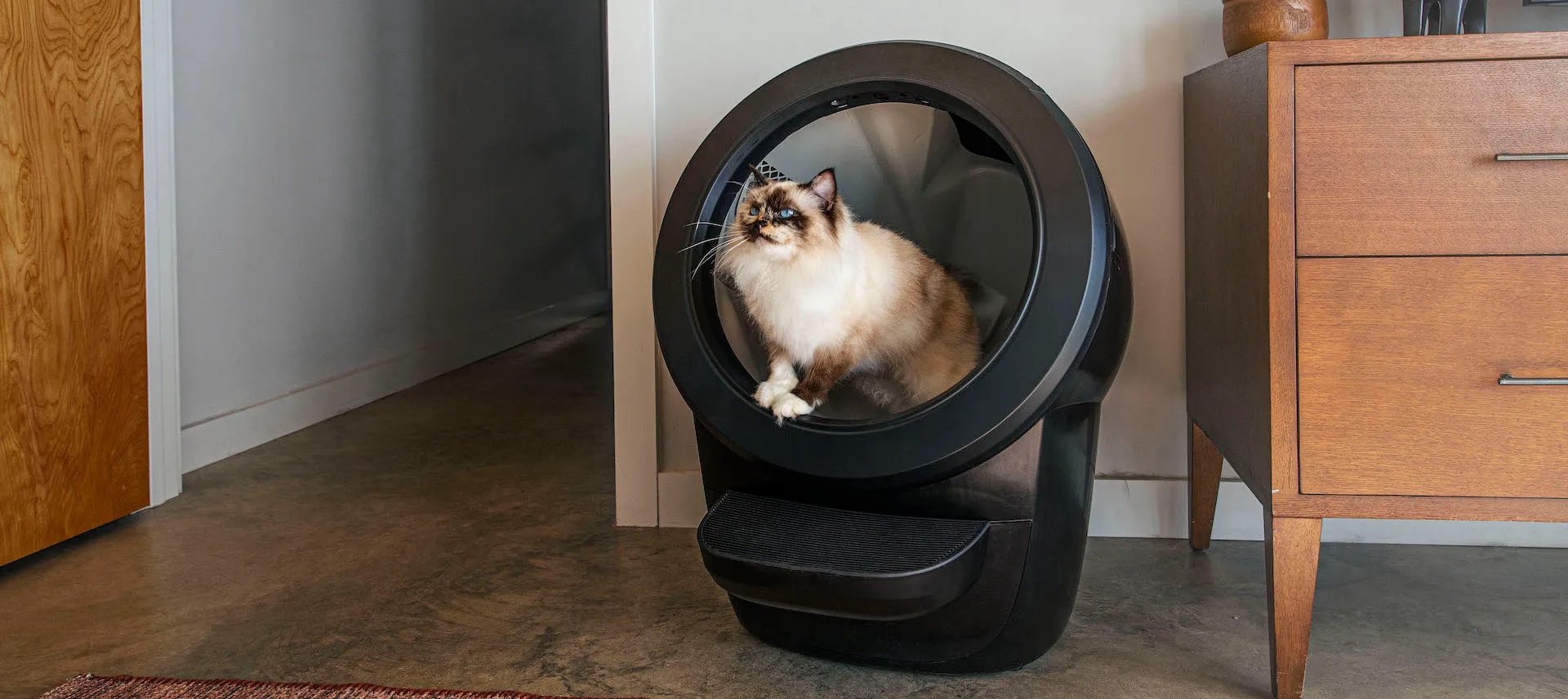
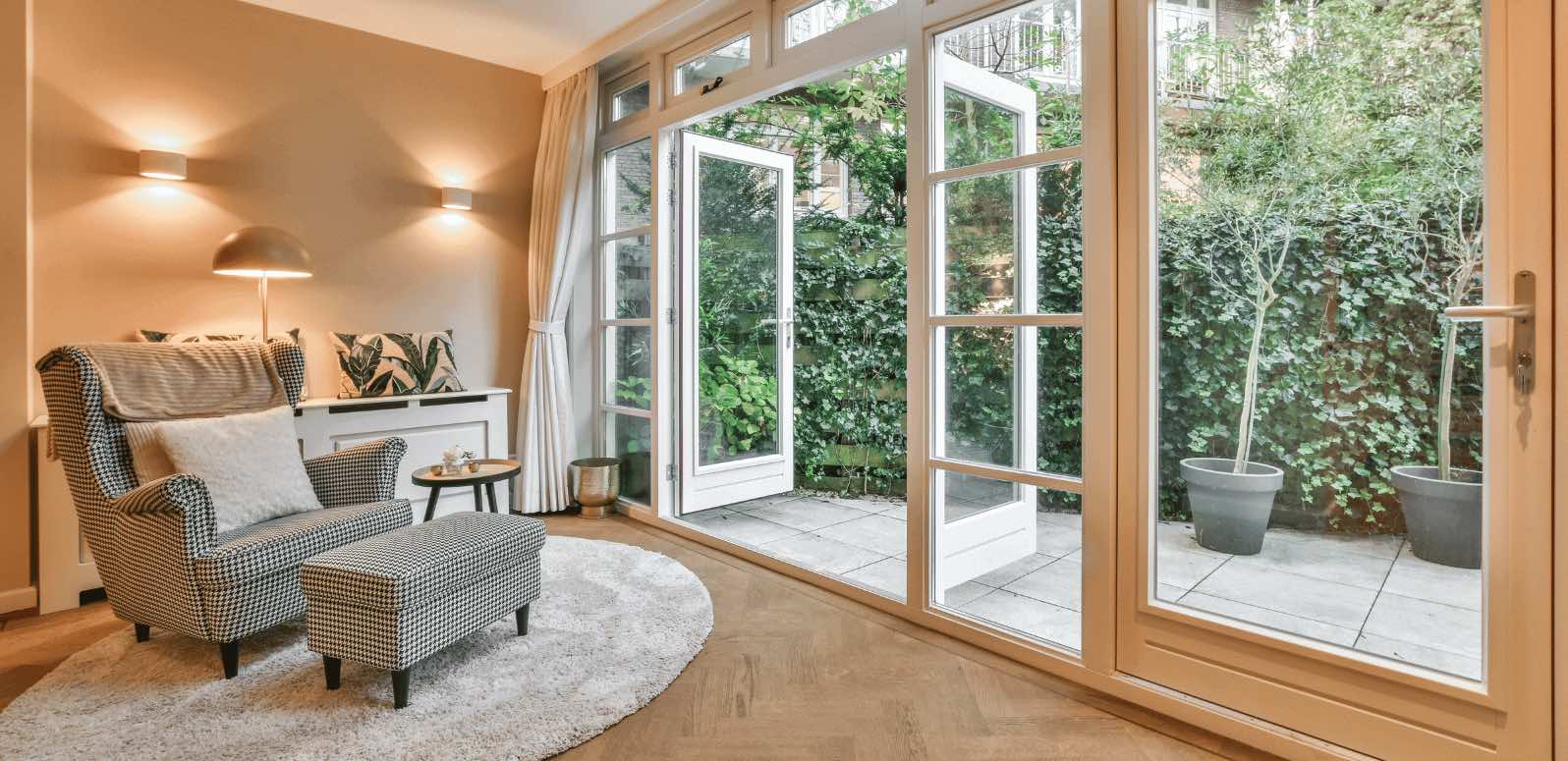
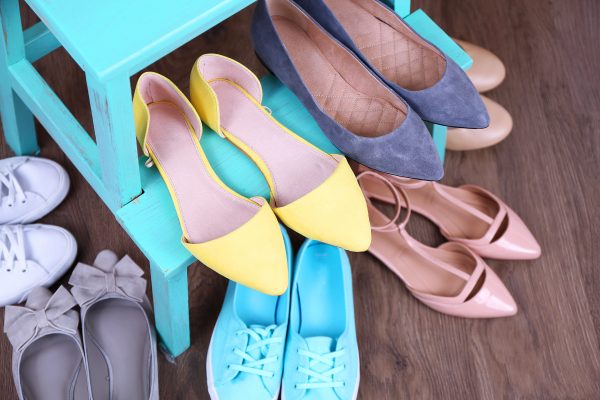
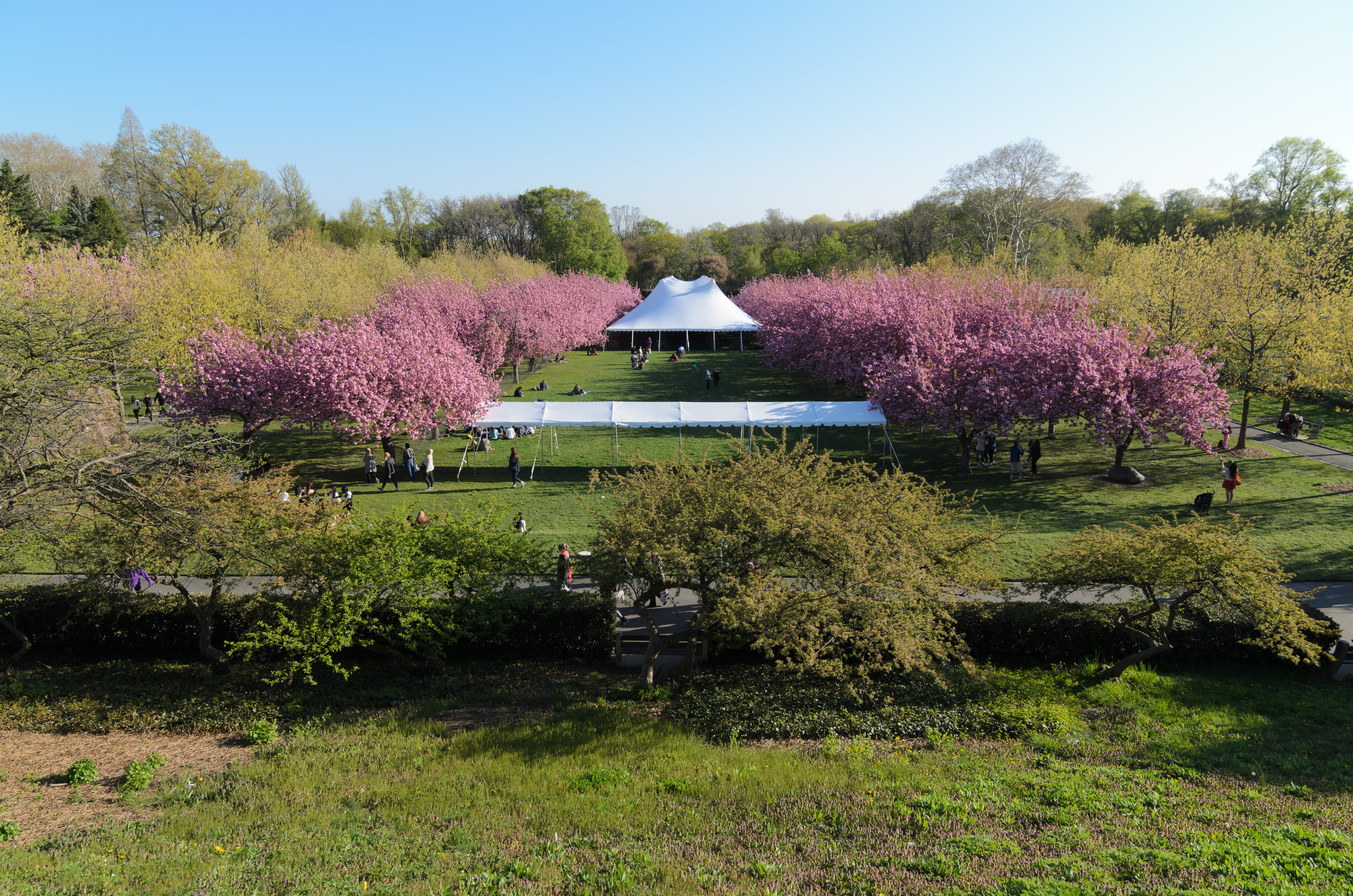
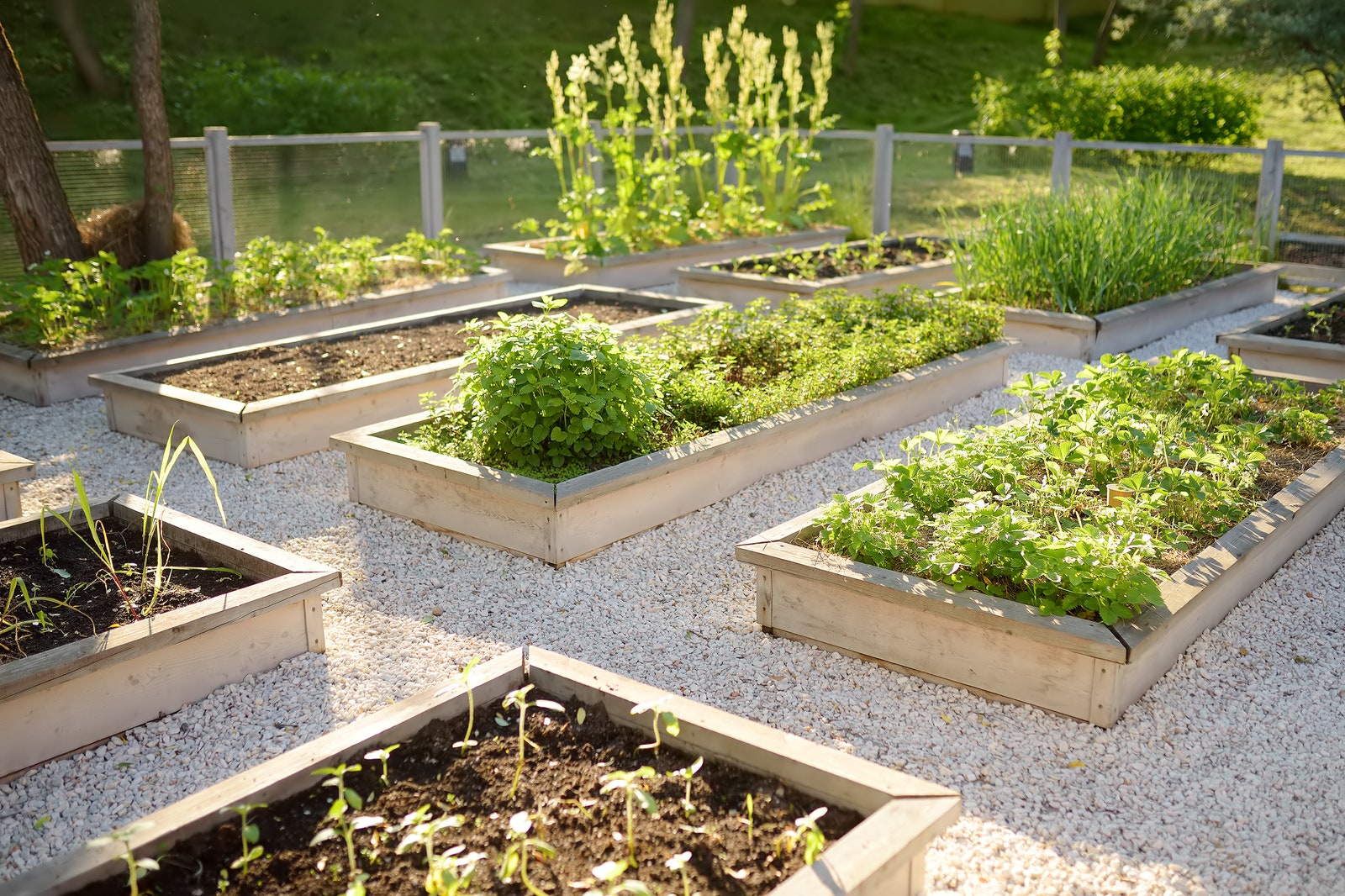
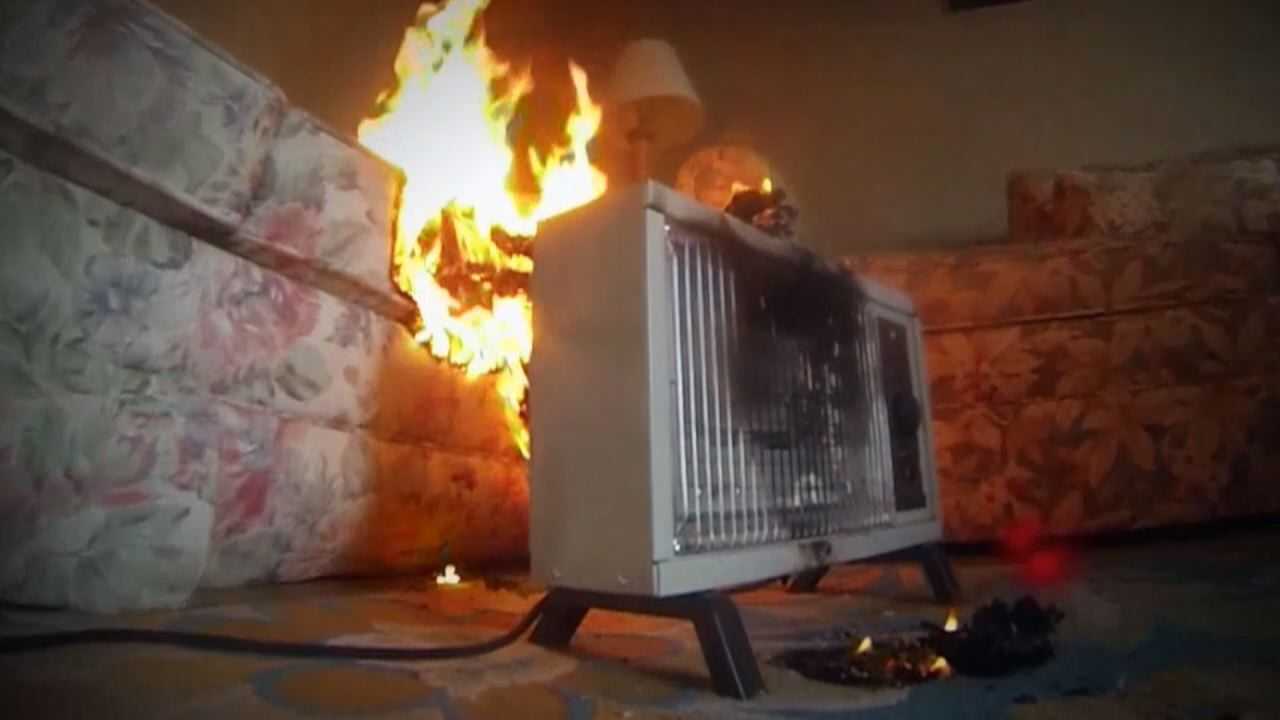
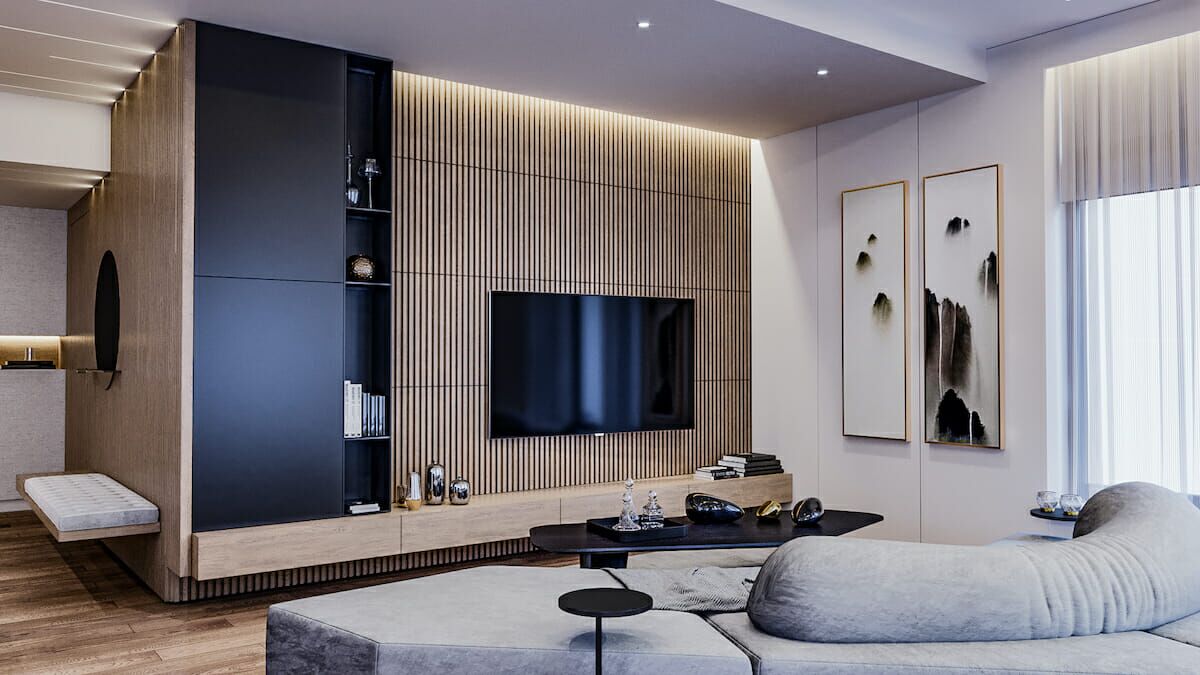
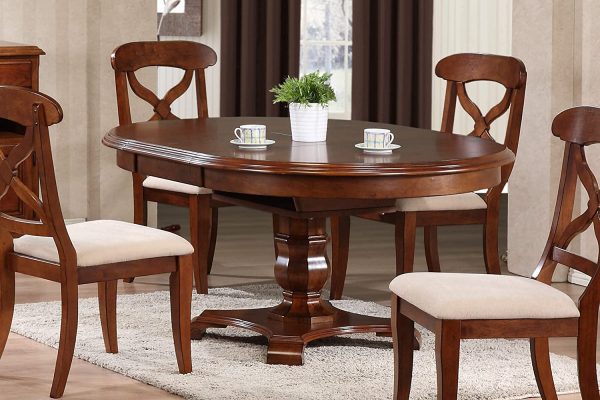

0 thoughts on “Home Darkroom Design Tips: Photography Spaces at Home”